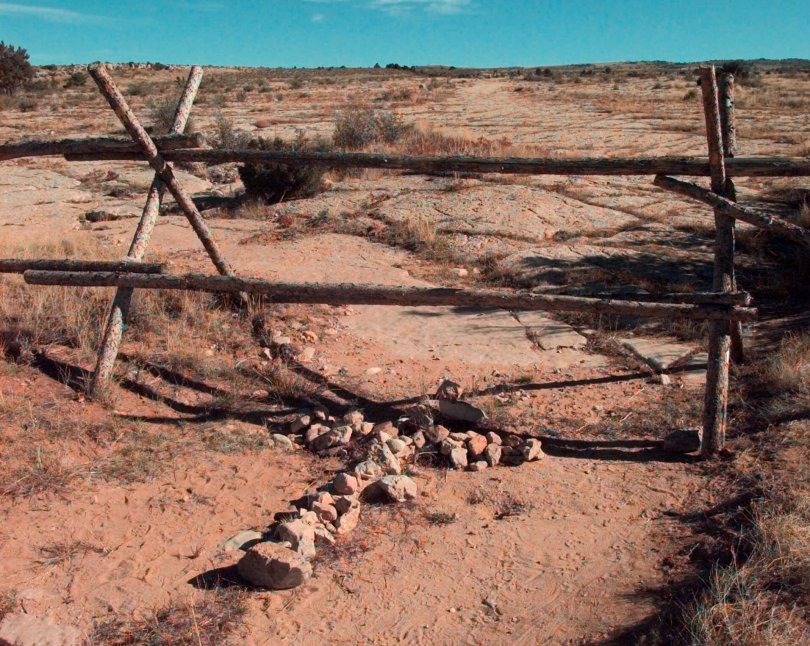Matthew Shepard Murder (McKinney and Henderson) Trials (1999)
The Laramie (Matthew Shepard Murder)Trials (1999)
by Douglas O. Linder (2019)

A freshmen at the University of Wyoming fell off his bike while cycling in the Sherman Hills area of Laramie. As he got up, he saw what looked like blood shining off a face about 15 feet away. It was October, so he thought at first it was “a Halloween gag.” But as approached the rail fence, he realized it was not a gag, but a real person, severely injured and unconscious. The cyclist ran to a nearby home.
A deputy from the Albany County Sheriff’s office arrived at the scene minutes later. She saw immediately that a young man had suffered a horrific beating. She could see tracks on his face where tears had washed away the blood. She took the young man, who would later be identified as 21-year-old Matthew Shepard, in her arms. “Little boy, don’t die, please don’t die,” she said. But he would die, just over five days later.
Two suspected killers were quickly apprehended. At a press conference the day after the beating, Sheriff Gary Puls, in response to a question, agreed that Matthew might have been the victim of a hate crime. Matthew Shepard was gay. Tied to the fence as we was, the sheriff allowed that it did look a bit like a crucifixion. With little more than that, a consensus quickly emerged that Matthew Shepard was a martyr; an innocent victim of a hate-driven bashing because of his sexual orientation.
Counsel for the Matthew Shepard Foundation, Sean Maloney, would later say, “Matthew Shepard is to gay rights what Emmett Till was to the civil rights movement.” The killing of Shepard built momentum for passage of a law that would make assaults based on sexual orientation a crime. President Obama signed the Matthew Shepard Act into law in 2009.
But was it really a hate crime? Journalist Andrew Sullivan, himself a gay man, observed, “If you’re going to base a civil rights movement on one particular incident, you’re asking for trouble, because events are more complicated than most politicians or activists want them to be.” The real world is messier than our myths.
So was it a hate crime—or was it something entirely different, a crime that was all about drugs and money? Different participants in the story will give you different answers. To the coroner who conducted the autopsy, it appeared to be a hate crime. To the chief prosecutor, it was mainly a drug-driven crime. To the Shepard family, it was most definitely a hate crime. And what do the two convicted killers have to say? For one, the less culpable of the two, it was a robbery that got out of hand—and had nothing to do with Shepard’s sexual orientation. And for the other killer, the one who inflicted all of the blows, explanations about motive are all over the place. It’s complicated.
Background
Judy Shepard, Matt’s mother, hopes people see her son not as “that saint-like persona that you have given him,” but rather as “just a young man in search of his life.” Although often described by friends who knew him as “sweet,” “charming,” and “bright,” others called him “pompous” or “arrogant.” One thing for sure, Matthew had to deal with a lifetime of troubles in his 21 years. He was the victim of sexual assault as a boy and rape as a young adult. He drank and used drugs heavily. He became HIV positive. And, in large part because of all these things, Matthew had suicidal thoughts and was on anti-depressants the day he was tied, bleeding and dying, to a rail fence on the outskirts of Laramie....Continued

